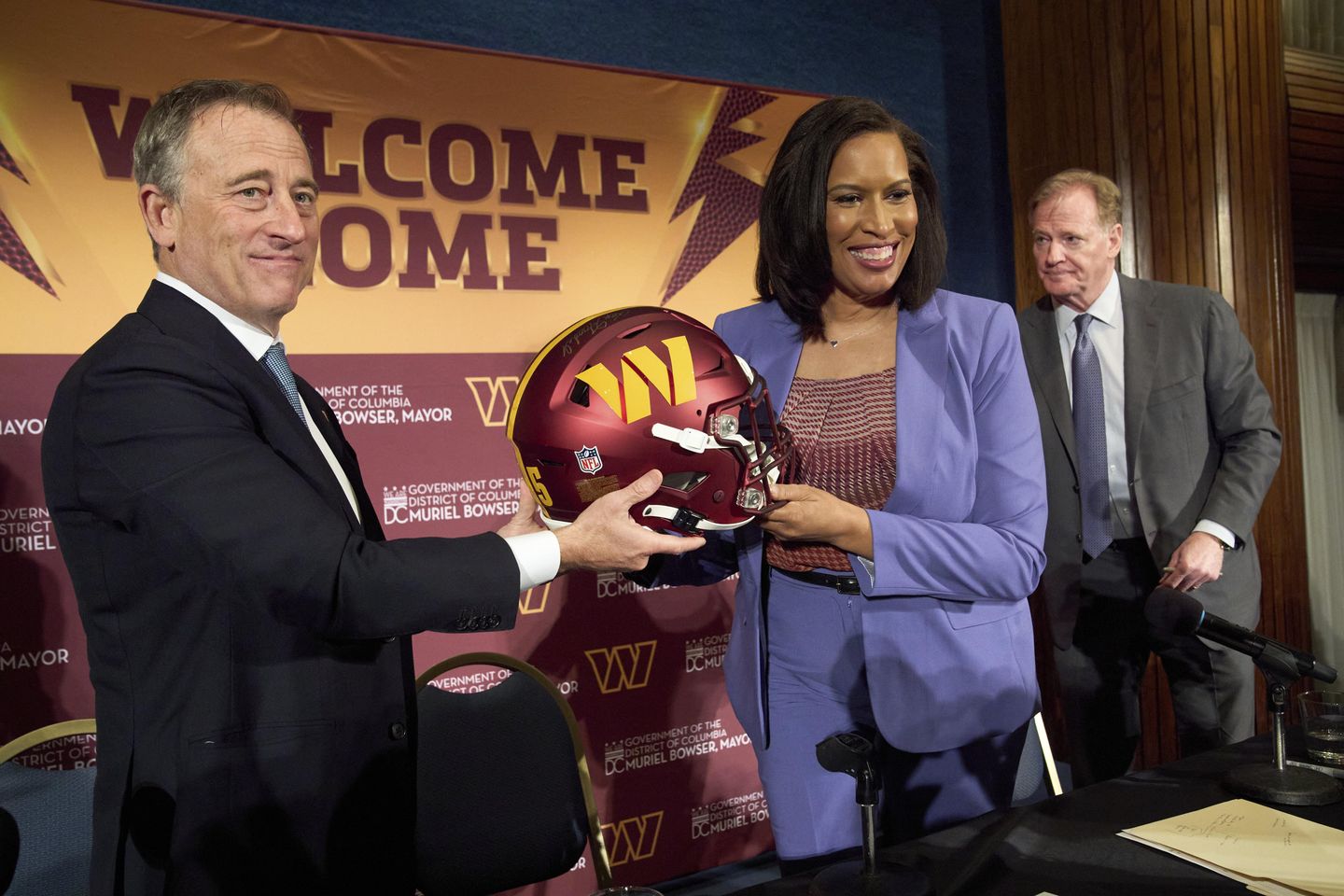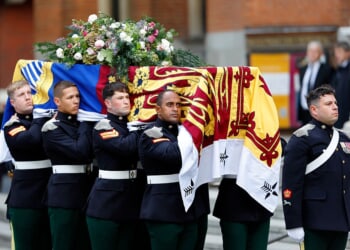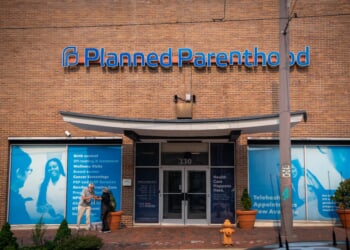
The Washington Commanders’ return to “Old D.C.” has cleared a major hurdle as the D.C. Council voted 9-3 on Friday in favor of a glitzy new arena on the site of the crumbling RFK Stadium.
Team officials and D.C. Mayor Muriel Bowser enjoyed a victory lap over the weekend. A follow-up vote on Sept. 17 is widely expected to cement the Commanders’ homecoming.
“The era of a crumbling sea of asphalt on the banks of the Anacostia is finally coming to an end,” Ms. Bowser said. “In its place, we will bring our team home and deliver a state-of-the-art, Super Bowl-ready stadium for our Commanders.”
The $3.7 billion deal, first announced by the mayor’s office in April, would bring a 65,000-seat stadium to a long-neglected area along the Anacostia River.
The proposal features a $2.7 billion investment from the Commanders with approximately $1 billion from the city for supporting infrastructure, parking garages and a community sports center.
In addition to the stadium, the Commanders would also be the primary developers responsible for a surrounding economic district around the site.
“With the Commanders as our partner, we will deliver jobs and opportunity when our city needs them most,” Ms. Bowser said. “And we will build a campus that makes our city proud for generations of Washingtonians to come.”
Commanders owner Josh Harris grew up attending Redskins games at the old RFK Stadium, during which time the team won three Super Bowls and played in two others.
He released a video Saturday outlining his vision for the new stadium and the restoration of those glory days.
“This is our spiritual home. This is where all those Lombardi Trophies were won. It’s all part of who we are and where we’re going,” Mr. Harris said. “I was one of those fans. Some of my earliest memories and some of my best memories were here.”
The team will play its home games at the new site, but the franchise has also outlined plans for up to 200 total events each year.
Commanders officials have said the team plans to host a Super Bowl, a WrestleMania weekend, Women’s World Cup games, an NCAA basketball Final Four, and marquee concerts from artists like Beyoncé and Taylor Swift at the venue.
“It ties the city together, and it’s going to be incredible. I can’t wait to get started. It’s once-in-a-generation. D.C. has never had an investment this big,” Mr. Harris said. “It’s going to change that neighborhood, create multiple new neighborhoods, create an entertainment venue, housing, an incredible place for people to watch the best acts in the world and Washington football.”
The agreement between the city and the Commanders underwent minor adjustments last week as legislators and the team prepared for Friday’s vote.
On Friday, the Commanders also agreed to a labor agreement orchestrated by D.C. Council members Zachary Parker and Janeese Lewis George. The deal will require the franchise to use union labor during stadium construction, with at least 51% of workers coming from the District.
The franchise also firmed up its plans for a community benefit fund. The franchise will allot $30 million for a youth sports academy, $3 million for grocery subsidies in Ward 7, $7 million in local business subsidies, $5 million in workforce development programs, and $2 million for community events and tickets.
The remaining $3 million would be invested in initiatives picked by the D.C. Council.
The team also changed its planned environmental goals on Friday. Executives said they will build the team to LEED Platinum environmental standards, a higher bar than previous plans.
The stadium is all but a sure thing.
Friday’s landslide support has left supporters and critics viewing next month’s follow-up vote as a formality. The stadium is coming, whether the residents of nearby Kingman Park want it or not.
“At this point, it’s a signal that it’s going to pass,” said Ebony Payne, the advisory neighborhood commissioner for the residential area. “But that doesn’t mean — from the community’s point of view — that we can’t keep fighting for the changes that we want to see.”
Ms. Payne and several other residents from the neighborhood spoke during last week’s public hearing, criticizing the three planned parking garages that would bring 8,000 cars to the area on NFL Sundays.
Commanders President Mark Clouse said in a letter to the D.C. Council that he “heard the community’s concerns.”
The team agreed to postpone plans for a third garage and will adjust the positioning of the remaining two structures to minimize the effect on residents. Homeowners in the area were concerned that the above-ground garages would block their connection to the popular Fields at RFK and the riverfront area.
The Commanders also said they’d keep the fields open throughout construction, a sticking point for community members like Ms. Payne.
If the city has overflow funds from its infrastructure projects, it will automatically divert them to pay for Metro investments.
The increased attention for public transit was enough to sway Ward 6 Councilman Charles Allen, who had criticized the plan.
“It’s been somewhat of a mixed response. It’s still just working through the parking details,” she said. “Even though it’s not a perfect deal, I do feel like our efforts were not in vain.”
With residents, the team and legislators on board, only one wild card remains in stadium plans: President Trump.
The commander-in-chief threatened to tank the deal last month if the team didn’t revert to its previous “Redskins” moniker.
“Commanders, it’s not a good name,” he said on Thursday. “People want the Redskins back, and the Indians want the Redskins back.”
The president has not commented on Friday’s vote or specified how he could affect the stadium plans.
The legislation, like all of the District’s laws, is subject to a 30-day period for congressional review under the Home Rule Act.
The Commanders plan to break ground on the stadium next year with an opening date in 2030.




![Gavin Newsom Threatens to 'Punch These Sons of B*thces in the Mouth' [WATCH]](https://www.right2024.com/wp-content/uploads/2025/08/Gavin-Newsom-Threatens-to-Punch-These-Sons-of-Bthces-in-350x250.jpg)
![ICE Arrests Illegal Alien Influencer During Her Livestream in Los Angeles: ‘You Bet We Did’ [WATCH]](https://www.right2024.com/wp-content/uploads/2025/08/ICE-Arrests-Illegal-Alien-Influencer-During-Her-Livestream-in-Los-350x250.jpg)







